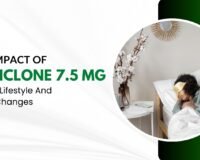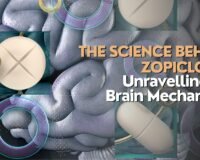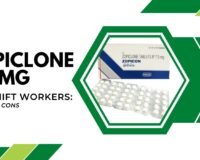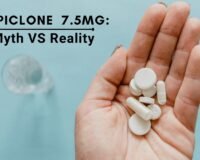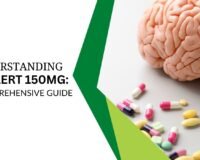Zopiclone 7.5 mg is a commonly prescribed sleeping pill that is used to treat insomnia. While it can be an effective way to help people sleep, it also has the potential for dependence and withdrawal if used for a long time. If you have been taking zopiclone sleeping tablets regularly and want to stop, it is important to do so safely and under the guidance of a healthcare professional. Here are some tips and strategies for withdrawing from zopiclone safely:
- Taper off gradually: One of the most important things to do when stopping zopiclone 7.5 mg is to taper off gradually. This means reducing your dose slowly over time instead of stopping abruptly. Your doctor can help you create a tapering schedule that is safe and effective for you.
- Use alternative sleep aids: During the withdrawal process, it can be helpful to use alternative sleep aids to help you sleep. These may include natural remedies like chamomile tea or melatonin supplements. Be sure to talk to your doctor before using any new sleep aids.
- Get support: The withdrawal process can be challenging, and it is important to have support during this time. Talk to family and friends about what you are going through, and consider joining a support group for people who are trying to quit sleeping pills.
- Address underlying issues: Insomnia can be caused by a variety of underlying issues, including anxiety, depression, and stress. Addressing these issues through therapy or other treatments can help you get better sleep naturally and reduce your reliance on sleeping pills.
- Practice self-care: Taking care of yourself during the withdrawal process is essential. This may include engaging in relaxing activities like yoga or meditation, eating a healthy diet, and getting regular exercise.
- Be patient: The withdrawal process can take time, and it is important to be patient with yourself as you go through it. Remember that everyone’s experience is different, and there is no one-size-fits-all solution for quitting sleeping pills.
- Keep a sleep diary: Keeping a sleep diary can help you track your progress and identify patterns in your sleep behavior. This can help identify triggers for insomnia and in monitoring your progress as you withdraw from zopiclone 7.5 mg.
- Use relaxation techniques: Relaxation techniques like deep breathing, progressive muscle relaxation, and visualization can help calm your mind and body and promote better sleep.
- Consider cognitive behavioral therapy (CBT): CBT is a type of therapy that can help you change negative thought patterns and behaviors that may be contributing to your insomnia. This can be a helpful tool for reducing your reliance on sleeping pills and improving your overall sleep quality.
- Avoid stimulants: Stimulants like caffeine and nicotine can interfere with sleep quality and make it harder to fall asleep. Avoiding these substances, especially in the evening, can help promote better sleep.
- Stay hydrated: Dehydration can interfere with sleep quality and exacerbate withdrawal symptoms.
- Talk to your doctor about medication alternatives: If you have been taking zopiclone 7.5 mg for a long time, it may be helpful to talk to your doctor about alternative medication options. There are a variety of medications available that can help improve sleep quality without the risk of dependence and withdrawal.
Remember, everyone’s experience with zopiclone 7.5 mg withdrawal is different, and it is important to work closely with your healthcare provider to create a plan that is safe and effective for you. By incorporating these strategies into your withdrawal plan, you can increase your chances of success and achieve better sleep quality naturally.
In conclusion, withdrawing from zopiclone can be challenging, but it is possible with the right strategies and support. By tapering off gradually, using alternative sleep aids, practicing good sleep hygiene, getting support, addressing underlying issues, practicing self-care, and being patient, you can successfully withdraw from zopiclone and improve your sleep quality naturally. Be sure to work closely with your healthcare provider to create a safe and effective withdrawal plan that meets your individual needs.



